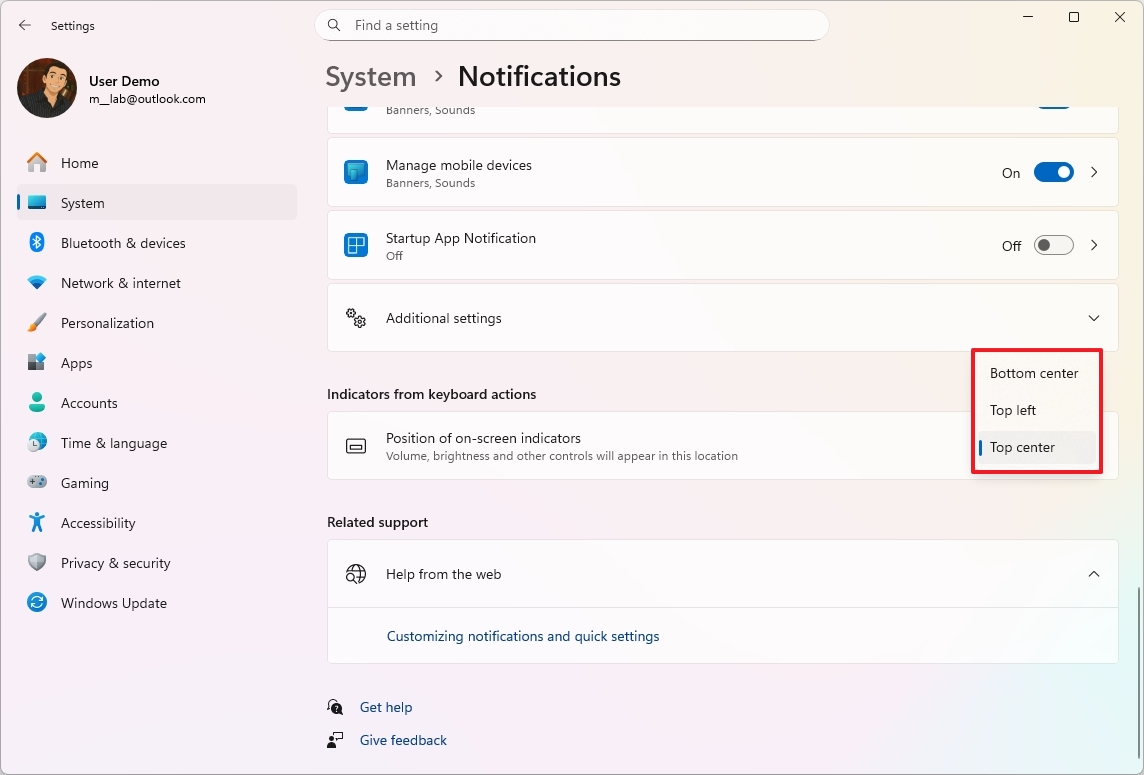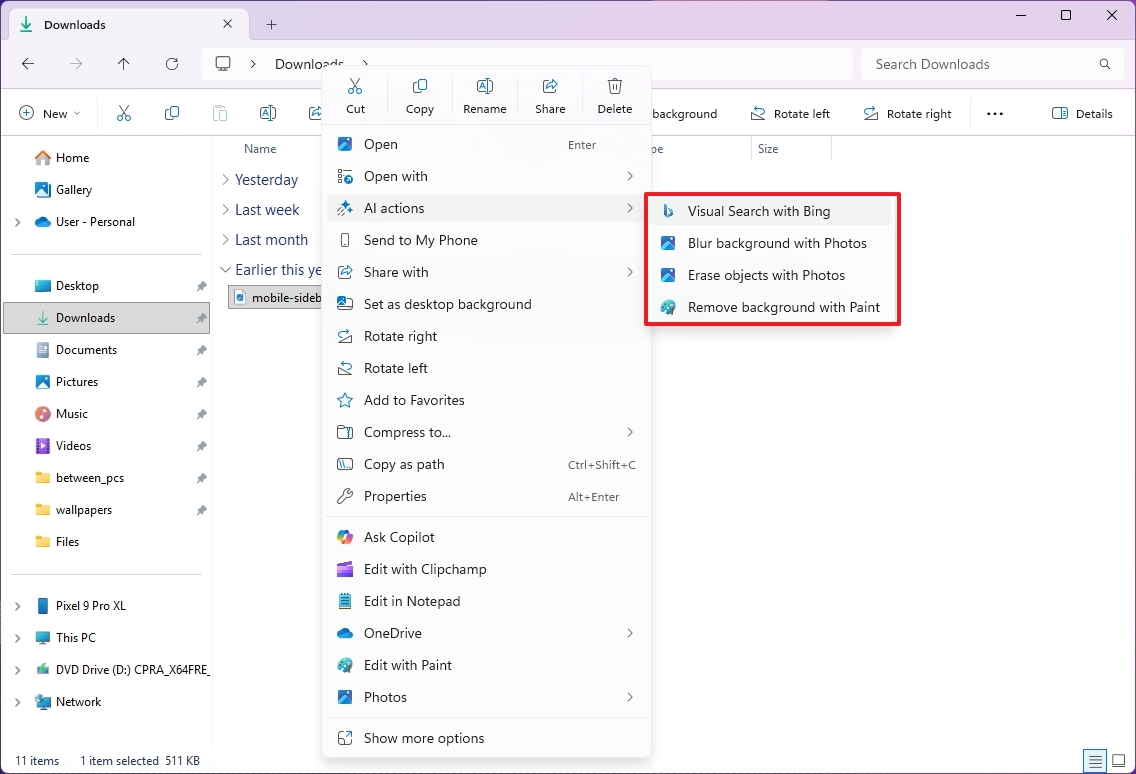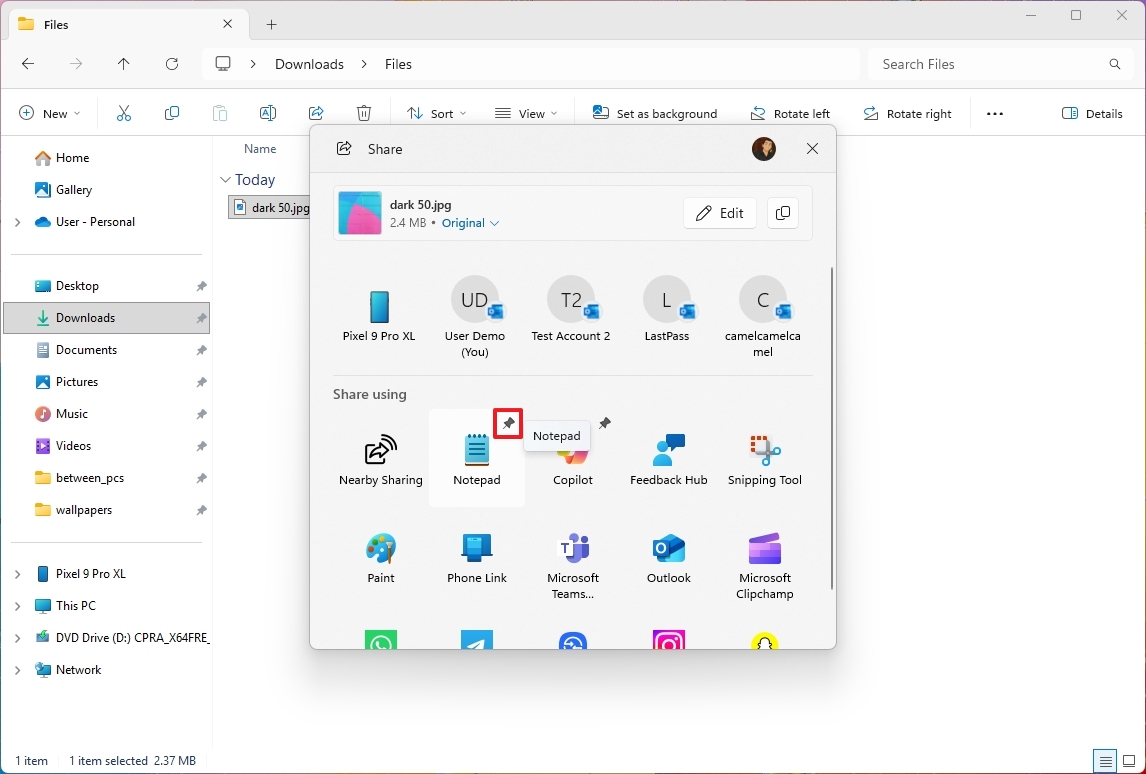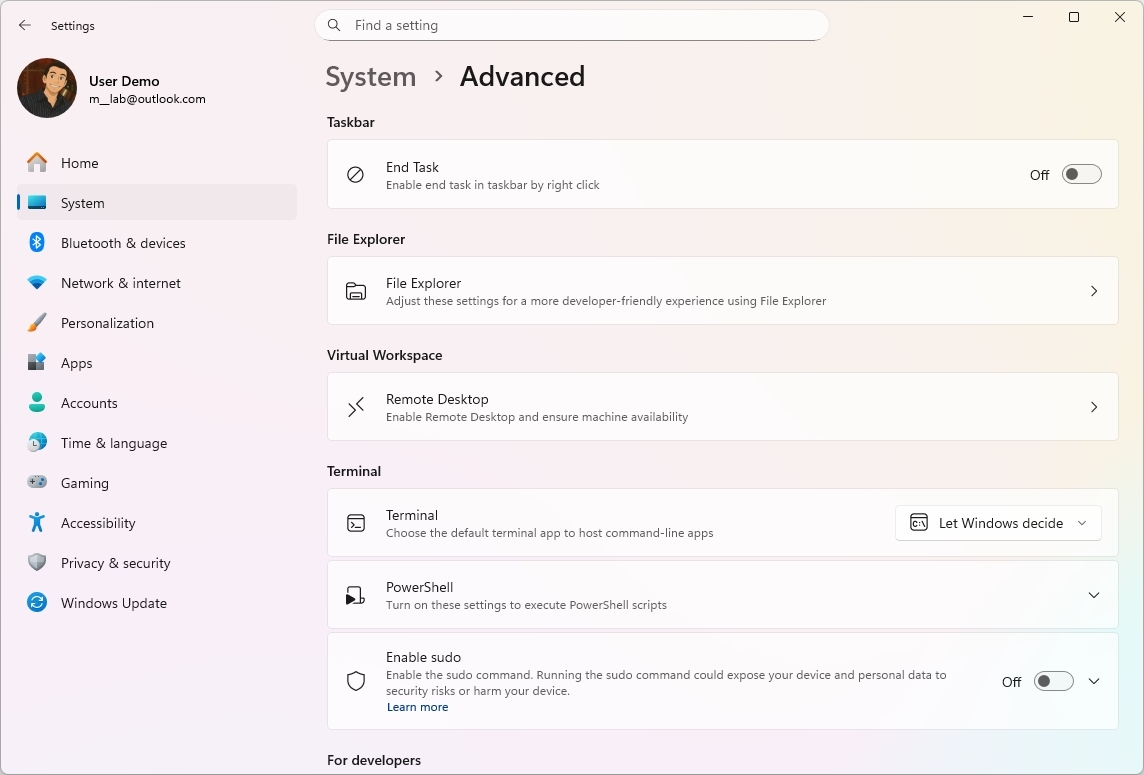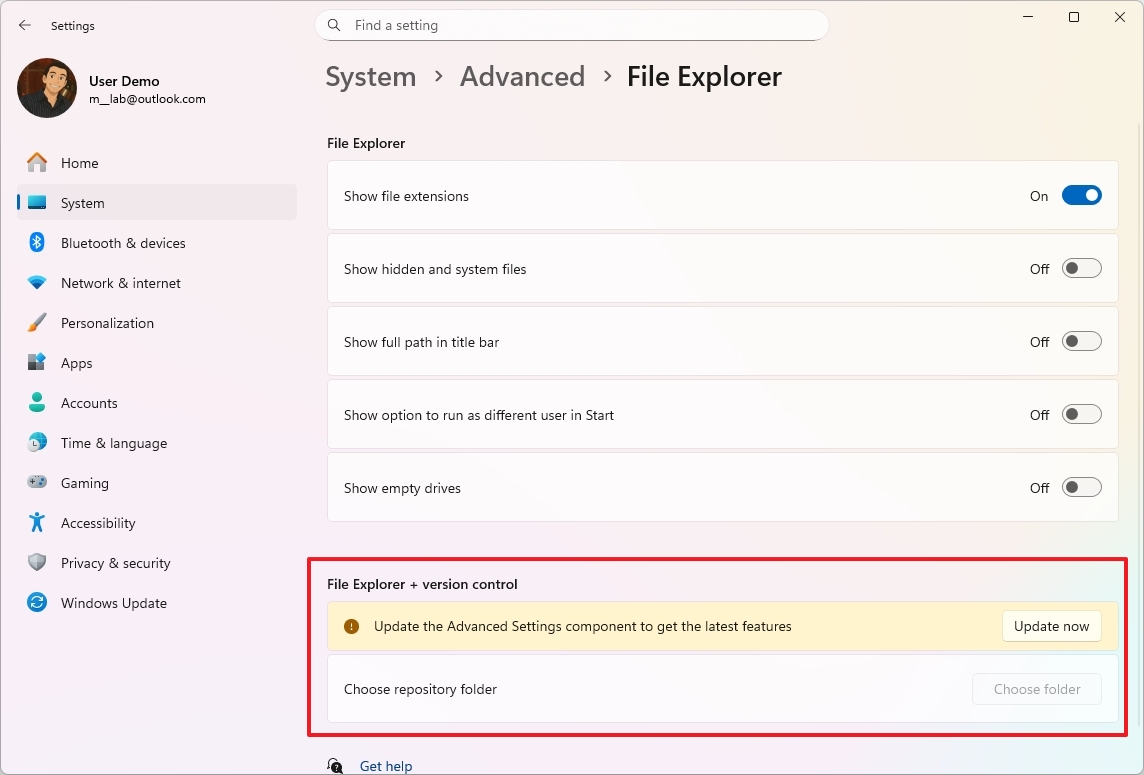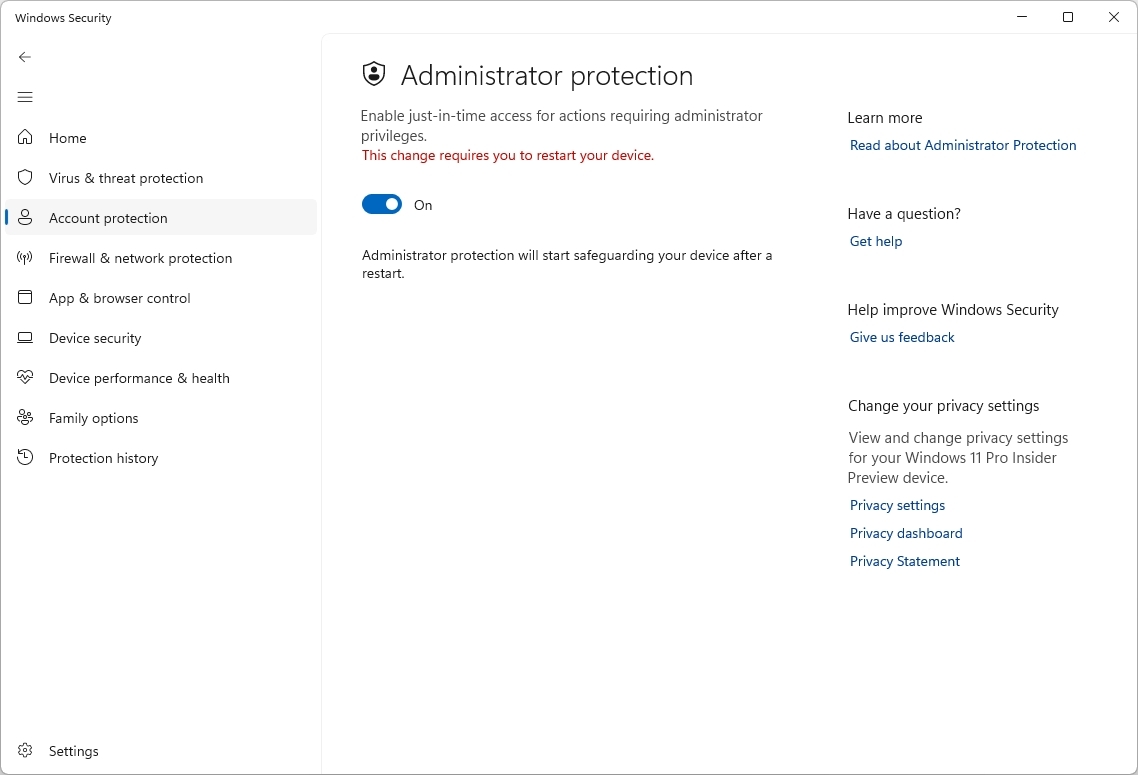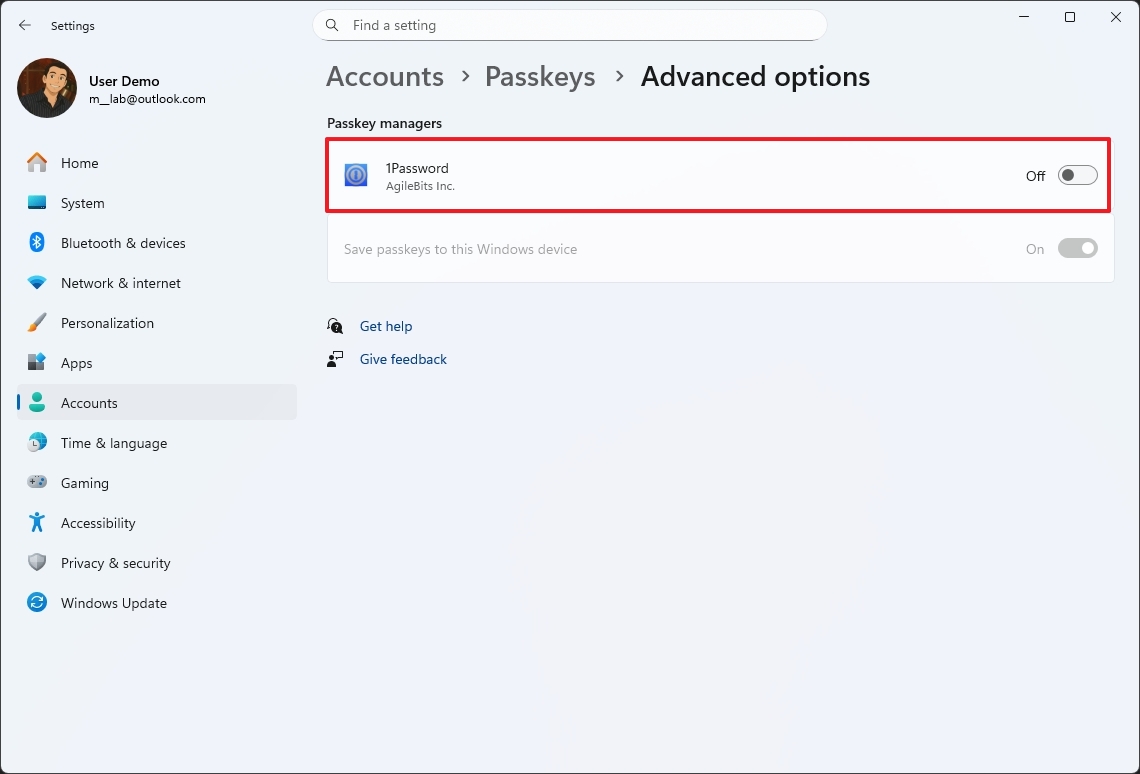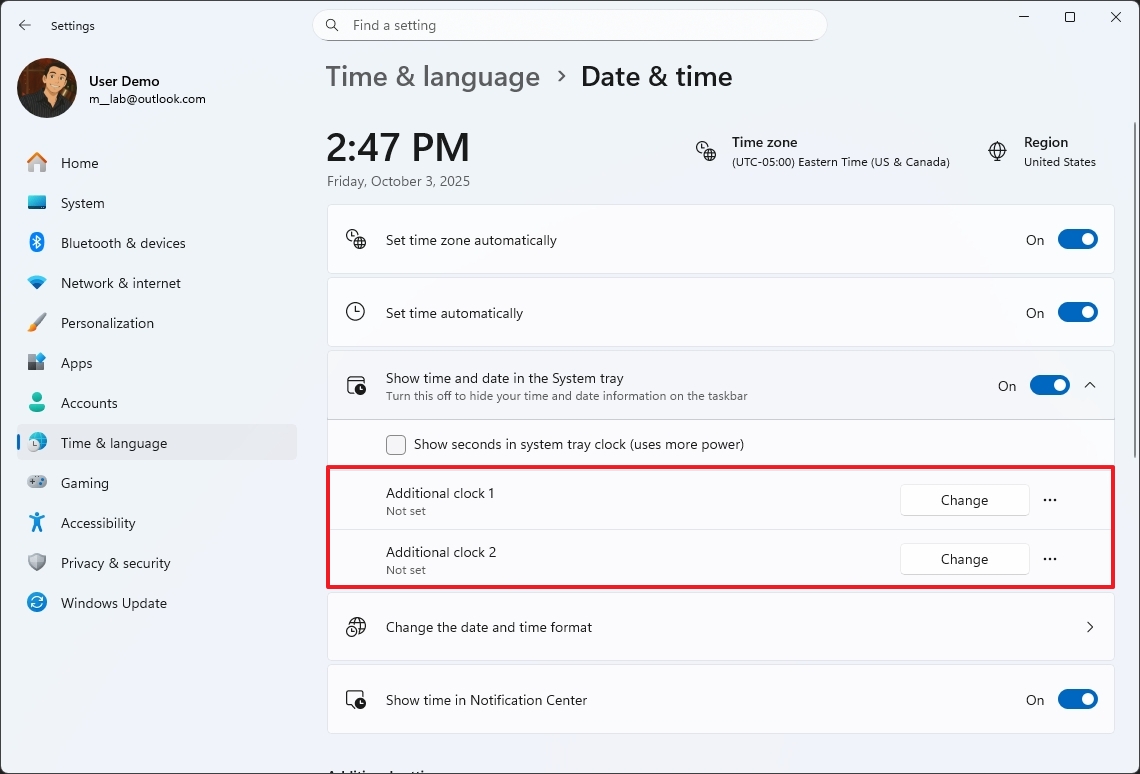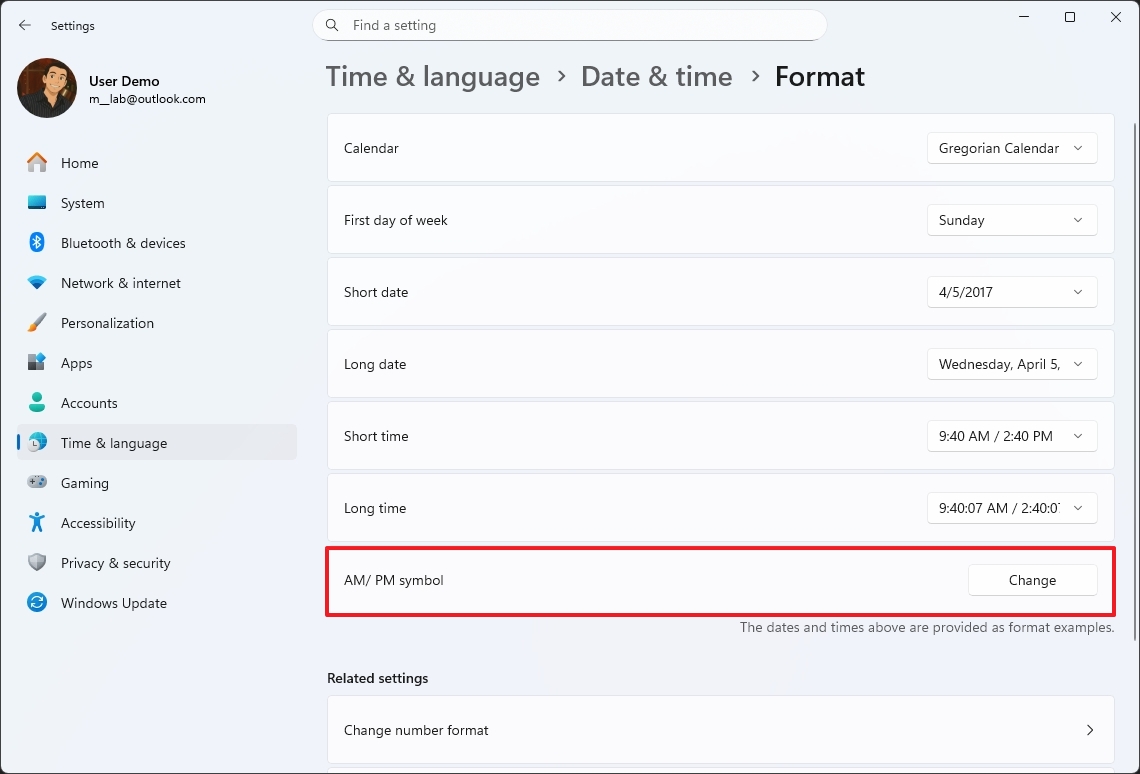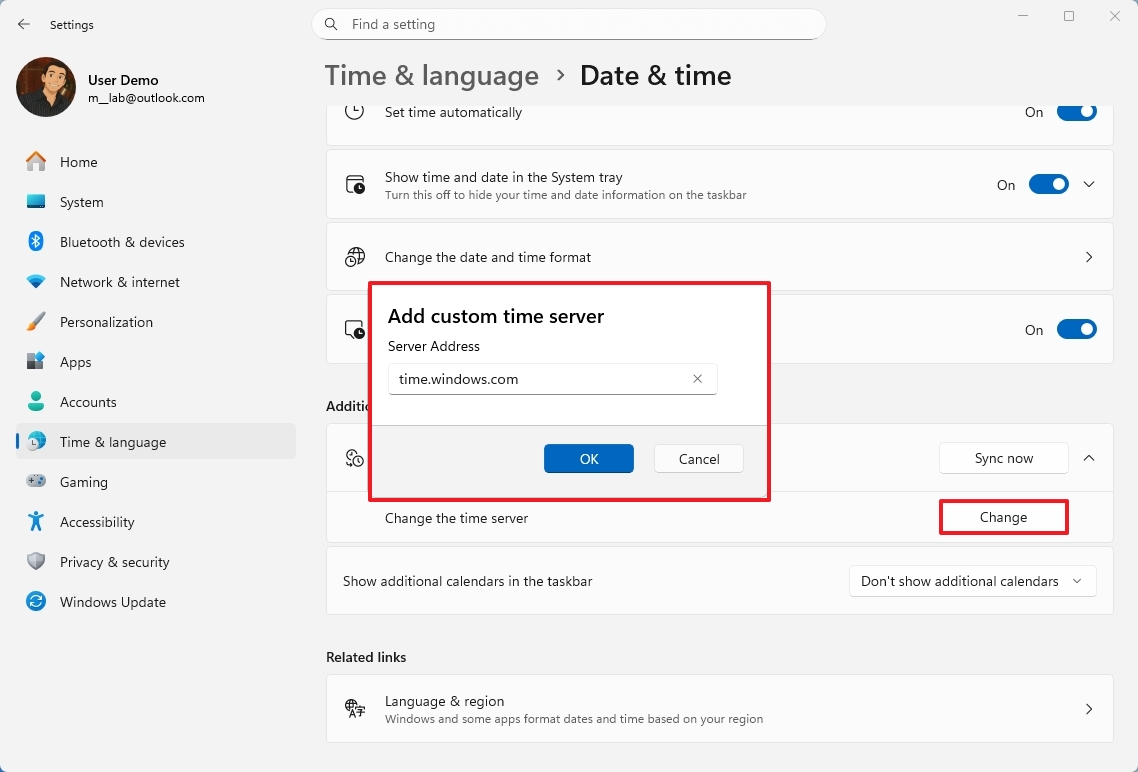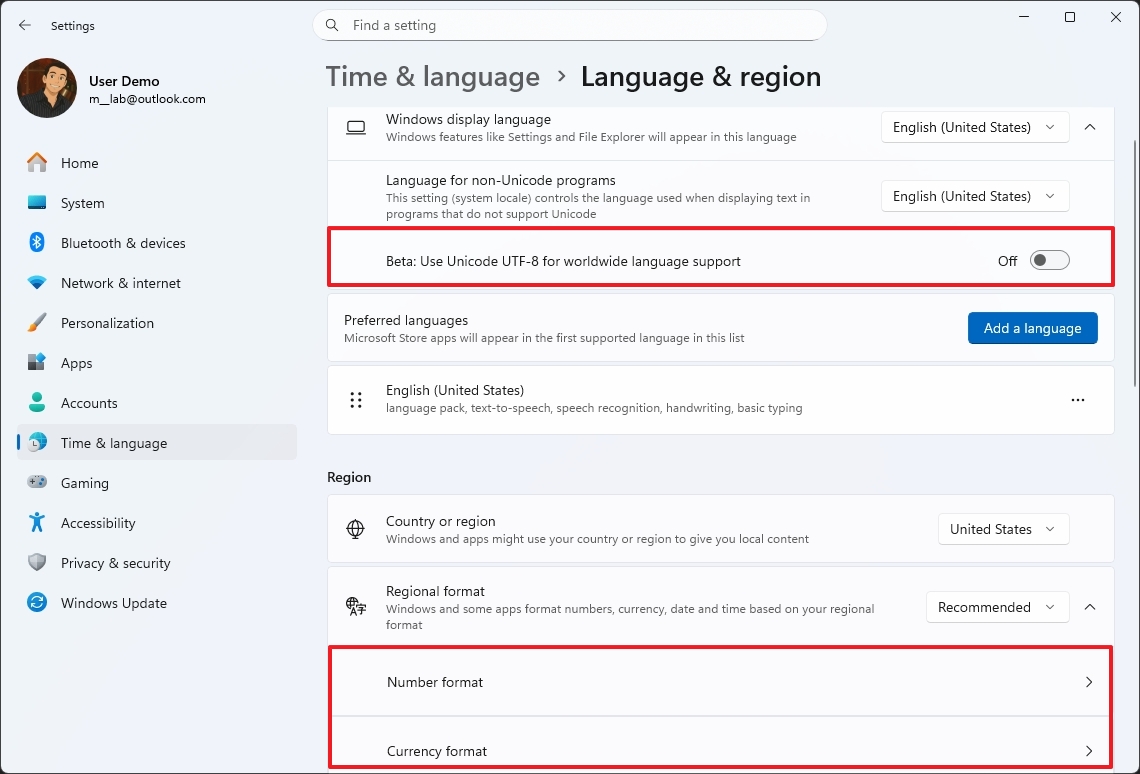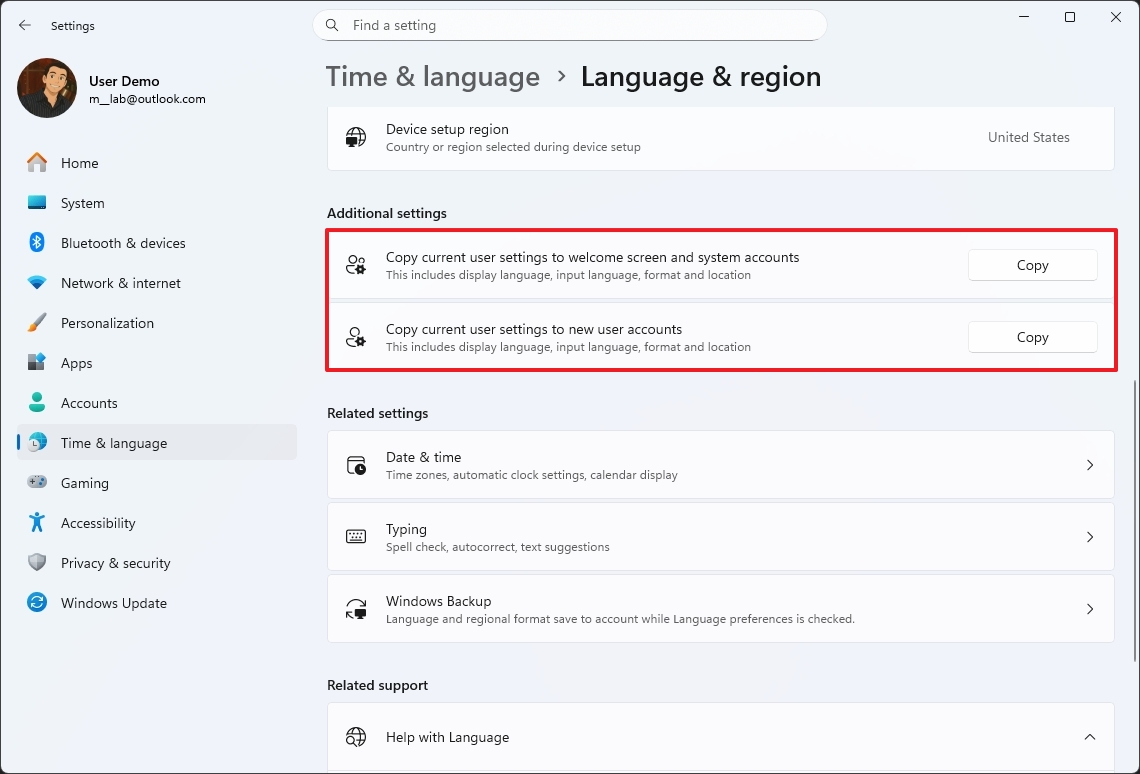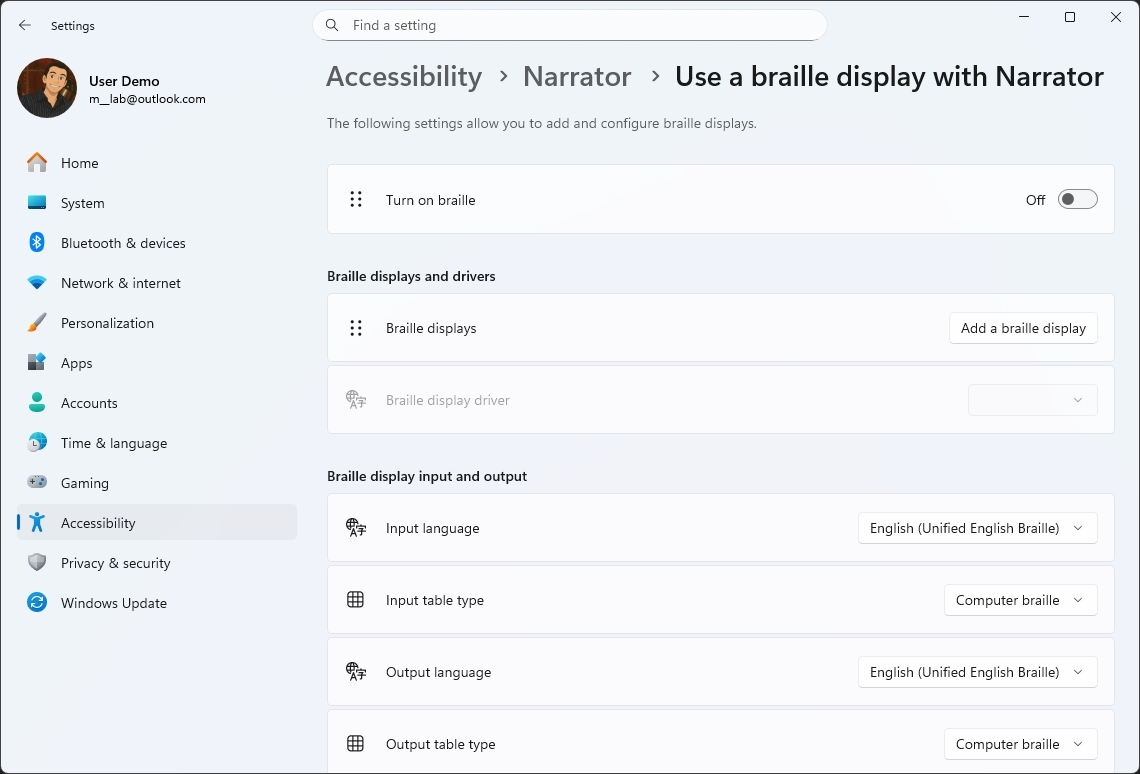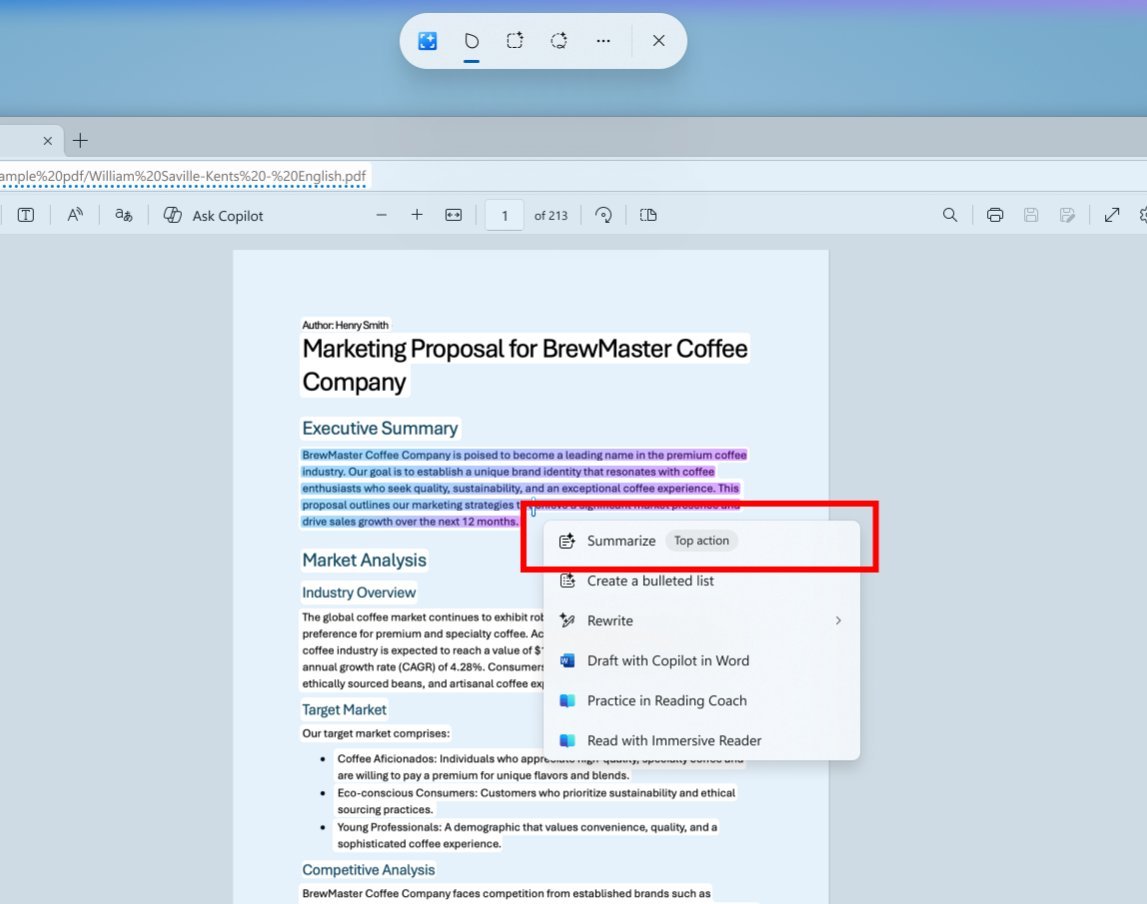Windows 11’s October update packs 9 new features you’ll actually notice
Beyond security fixes, Microsoft is rolling out quality-of-life upgrades for Start menu, Copilot, and system performance in versions 25H2 and 24H2.
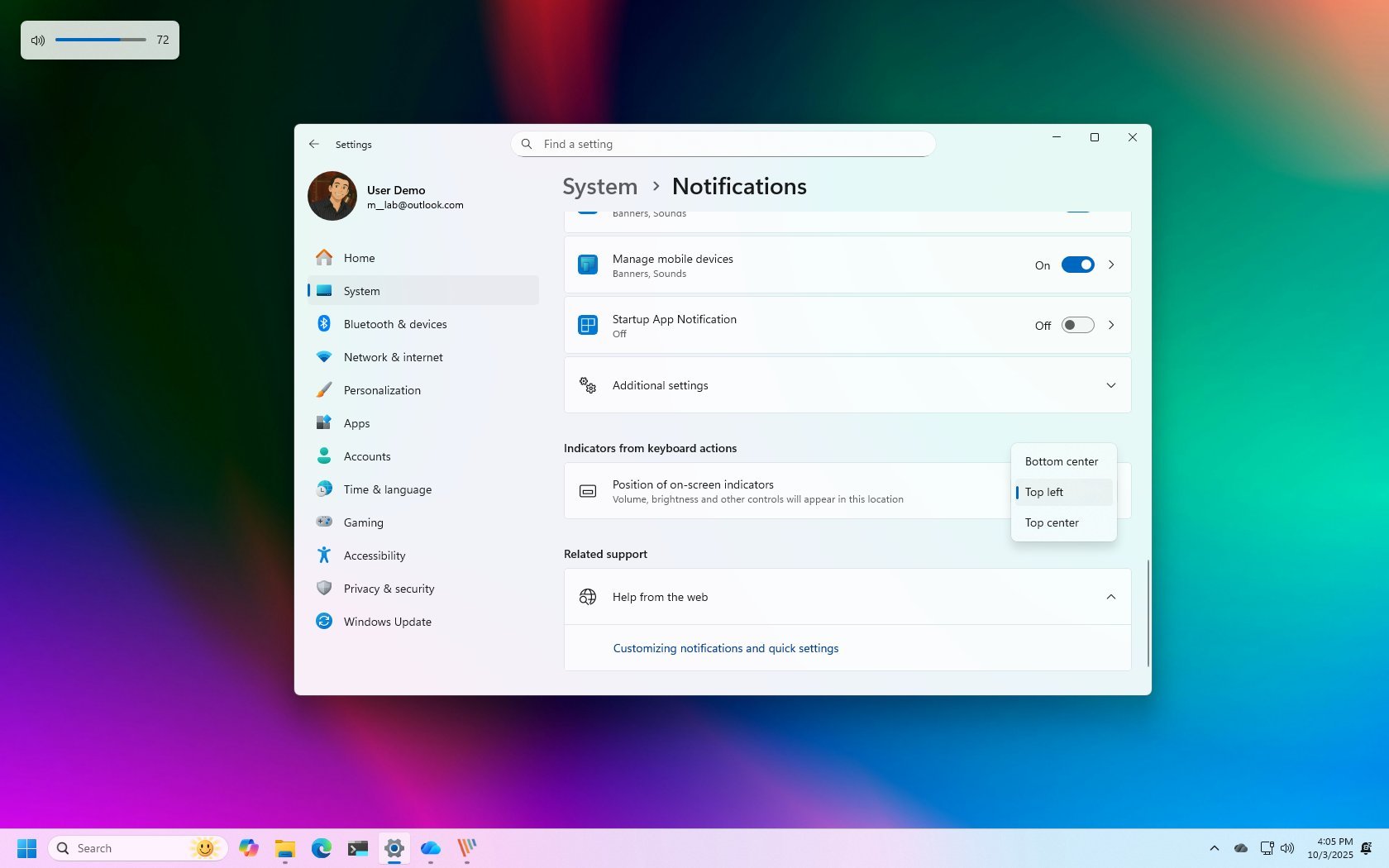
On October 14, 2025, Microsoft is expected to begin deploying the Patch Tuesday update for the tenth month of the year for Windows 11, which introduces several new features as well as security fixes and improvements.
In this release, the software giant is introducing new AI integrations in File Explorer, along with visual changes for the Windows Share experience. In addition, this update rolls out new features, such as Administrator Protection, and rolls out changes to the Settings app with a new Advanced page, the ability to change the position of the hardware indicators, support for third-party providers for passkeys, and ports more legacy features from the Control Panel.
In this guide, I'll highlight the most interesting changes rolling out with the October 2025 update for Windows 11 version 25H2 and 24H2, since both operating systems are exactly the same.
These changes were found in the latest patch available in the Stable Channel for version 24H2 (and 25H2). However, Microsoft can always delay or discard any feature or improvement at any time. Furthermore, Windows Recall (along with related AI features like "Click to Do" and the Settings AI agent) is exclusive to Copilot+ PCs. They require an NPU (Neural Processing Unit) capable of 40+ TOPS, found on Qualcomm Snapdragon (such as the X Plus and X Elite series), as well as specific Intel and AMD processors. You also need to enable BitLocker (or Device Encryption) and Windows Hello to activate the AI feature. Microsoft has now delayed the Administrator Protection feature for a future update.
Windows 11 new features coming in October 2025
Microsoft takes a gradual approach to rolling out new improvements, meaning it may take some time before you see these features and changes.
In addition, some enhancements require specific hardware, while others may only be available in certain markets.
1. Desktop indicator relocation option
As part of the October 2025 Security Update, Microsoft is adding a new feature to change the position of the hardware indicators (such as volume, brightness, and airplane mode).
The feature is called "Position of on-screen indicators," and it's located in Settings > System > Notifications. The options available are "Bottom center," "Top left," and "Top center."
All the latest news, reviews, and guides for Windows and Xbox diehards.
2. File Explorer new AI actions
This update also brings AI actions to File Explorer. This feature doesn't integrate a new AI model into the file manager. Instead, it's a submenu called "AI actions" that appears in the context menu, which allows you to access AI-powered features from other apps, such as Photos and Paint.
If you access the context menu for a .jpg, .jpeg, or .png file, the actions menu will include these actions:
- Bing Visual Search: Sends the image to Bing for an image search using the provided file.
- Blur Background: Opens the image directly in the Photos app and allows you to access the feature to blur the background.
- Erase Objects: Removes unwanted elements from the picture using Generative Erase in Photos.
- Remove Background: Open the image file using the Paint app and select the option that allows you to remove the background.
If you have a Microsoft 365 subscription, you will also find a new "Summarize action in Copilot" action in the "AI actions" menu to create summaries of files stored in OneDrive and SharePoint without even opening them.
3. Windows Share improvements
After installing this new cumulative update on versions 25H2 and 24H2, when sharing a file using the Windows Share interface, you'll notice a new option to "Pin" your favorite apps for quick access under the "Share using" section.
4. Advanced new settings page
In this release, Microsoft is replacing the "For Developers" page with a new "Advanced" page, introducing a new design that organizes settings into sections and includes a few new changes.
The new page sections for Taskbar, File Explorer, Virtual Workspace, Terminal, For Developers, and Dev Drive.
Currently, the only differences I can find are that the settings for File Explorer now include a dedicated page, and there's a new feature to configure version control.
We've seen in Insider preview builds with a similar page that includes other features, such as settings to control virtualization packages. However, this is the version that Microsoft is currently rolling out to everyone.
5. Administrator Protection new security feature (delayed)
On Windows 11, Administrator Protection is a new security feature that adds an extra layer of security by generating an authorization dialog when an unsigned or untrusted app requests elevation.
At first glance, the feature may seem similar to User Account Control (UAC), but they function differently. UAC is designed to prevent unwanted system changes by showing a consent dialog whenever an action requires administrative privileges.
As part of its process, UAC creates two tokens at sign-in, including a standard user token and an administrator token. When an elevated action is needed, the system uses the administrator token. However, since both tokens share access to the user profile, this design can be exploited as a potential security vulnerability.
Administrator Protection addresses this limitation with a more advanced approach. Instead of relying on tokens tied to the active user, it generates an isolated, hidden system-managed account to handle elevation requests. When prompted for consent, the system creates this temporary account on demand, uses it to perform the elevated action, and then discards it once the task is complete.
You can enable this security feature from Windows Security > Administrator Protection by turning on the toggle switch and restarting the computer.
6. Passkeys with provider support
The operating system now supports third-party passkey providers. Starting with the October 2025 Security Update, you can choose the provider to sign in to apps and websites using passkeys.
Currently, Microsoft has partnered with 1Password to integrate its passkey solution, allowing you to create, save, and use passkeys in 1Password and utilize them with Windows Hello on Windows 11.
You can try this integration by installing the latest version of 1Password (Beta). Then, in Settings > Accounts > Passkeys > Advanced options, enable the "1Password" plugin.
Once you complete the steps, you can use your saved passkeys from 1Password or save new ones to the service.
7. Control Panel new legacy features in Settings
Starting with the Patch Tuesday update for versions 25H2 and 24H2, the development is porting several legacy features from the Control Panel to the Settings app.
First, on Settings > Time & language, inside the "Date & time" page, you now have the ability to show two additional clocks using the "Show time and date in the System tray" setting.
You'll also find a new "Change the date and time format" entry to access the date and time format, which also includes a new option to change the symbols for "AM" and "PM."
In the "Sync now" setting, you now have an option to change the time server.
On Settings > Time & language, inside the "Language & region" page, in the "Windows display language" setting, you can now turn on the "Use Unicode UTF-8 for worldwide language support" feature.
In the "Regional format" settings, Microsoft is adding entries to manage the number and currency format settings
Finally, this page also includes the "Copy current user settings to welcome screen and system accounts" and " Copy current user settings to new user accounts" features.
8. Braille viewer new accessibility feature
Microsoft is also adding a new Braille viewer to the Windows Narrator, which allows you to view the output as it will be displayed on a Braille display for teaching purposes.
You can manage the feature from Settings > Accessibility > Narrator > Use a Braille display with Narrator.
If this is the first time configuring this feature, you'll have to download a package to set up the Braille viewer.
When you enable the feature, you can use the "Windows key + Ctrl + Enter" keyboard shortcut to launch the Narrator features, and use the "Narrator key + Alt + B" shortcut to access the Braille feature.
9. Click to Do changes
Finally, the actions menu for Click to Do is getting new and popular tags to help you discover the new and most used features.
Also, when using the "Summarize" action, the feature will be able to generate shorter and more focused summaries.
More resources
Explore more in-depth how-to guides, troubleshooting advice, and essential tips to get the most out of Windows 11 and 10. Start browsing here:
- Windows 11 on Windows Central — All you need to know
- Windows 10 on Windows Central — All you need to know

Follow Windows Central on Google News to keep our latest news, insights, and features at the top of your feeds!

Mauro Huculak has been a Windows How-To Expert contributor for WindowsCentral.com for nearly a decade and has over 22 years of combined experience in IT and technical writing. He holds various professional certifications from Microsoft, Cisco, VMware, and CompTIA and has been recognized as a Microsoft MVP for many years.
You must confirm your public display name before commenting
Please logout and then login again, you will then be prompted to enter your display name.
